Imagining the future
Yoko Shimizu is an award-winning artist, researcher, and creative director from Kyoto, who is currently working at the Ars Electronica future lab in Linz, Austria. Learn about her unique career, prolific works, and what she wants to achieve through her work.
Although Shimizu is an established professional in the field of art and science now, her career took quite a few turns to get there. Shimizu was always curious about natural phenomena such as the changes of seasons or the way that plants react to their environment. At the same time, she studied art from a young age. When it came to choosing a course of study, she chose science. Shimizu wanted to learn more about the scientific method of studying the world around her and realized that studying at a university with facilities to conduct scientific research would be important for that.
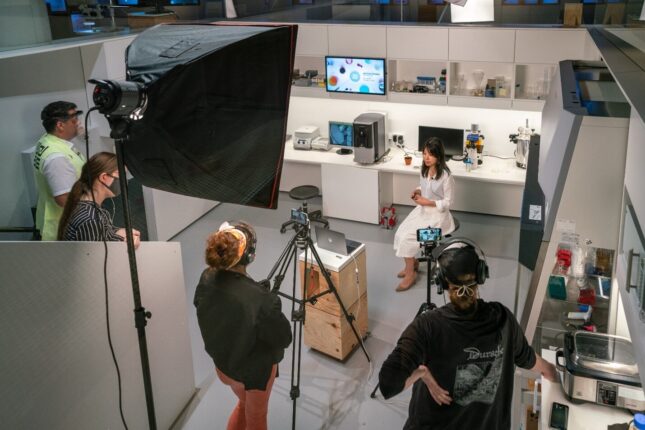

Creative directing
She was fascinated by the things she learned during her biology and chemistry degree, but she was more interested in the beauty of the biological systems than the day-to-day lab work. Scientific research requires conducting controlled experiments and collecting precise data consistently. She felt her strength was more in creativity and was not sure whether working as a corporate researcher in a pharmaceutical or chemical analysis industry was the right fit for her, although that was the mainstream career path amongst her peers at the time. So she started looking for alternative career options and stumbled upon the field of creative directing and consultation.
A creative consulting startup was looking for an intern who had an environmental/ecology background, so Shimizu joined and completed her final internship there. She helped large corporations operate more sustainably and promote their sustainability. While she interned as an assistant to the creative directors, she helped with managing projects and organizing creative events, and realized that this job aligned well with her strengths and interests in the creative and scientific fields. Shimizu continued to work as a creative director and consultant after graduating, but also started to create artworks inspired by nature.
Hobby
She thought that creating art would stay a hobby because she could not imagine that there could be a profession that combines both and she was right about that at that time. Yet, as her work received increasing media attention, started being exhibited, and won prizes, she slowly created a new profession for herself. She describes her career trajectory as follows: “It’s been a strange journey, but I feel like you can create your unique profession if you are always working in that area. In the area that you believe in.” As an artist and researcher, she first opened a studio/lab space and ultimately joined the Ars Electronica Futurelab.
In her personal work, Shimizu combines her fascination with the natural world and her talent for translating technical knowledge into artworks that make it possible for people to experience these natural phenomena. In her work “Gravitropism” for example, she took the biological phenomenon of negative gravitropism and showcased that in an aesthetic art installation. Negative gravitropism refers to how plants, such as tulips, grow in the opposite direction of the gravitational pull. Based on the knowledge that negative gravitropism is controlled via growth hormones and the direction of the gravitational pull, Shimizu carefully manipulated the growth of tulips. The resulting tulips have a stem that turns from 90 to 360 degrees. In Shimizu’s work, art requires scientific knowledge and science requires a creative perspective.
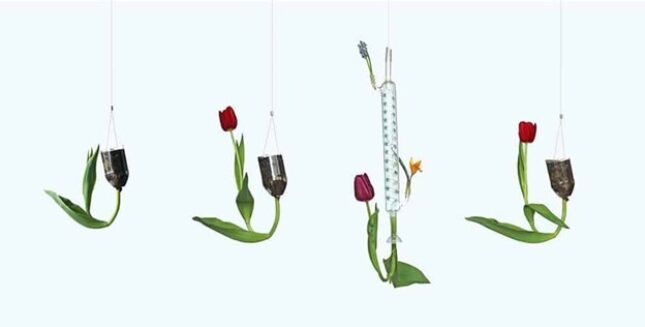

Into space
Last year, her work even launched into space as part of the project called Living Light with her art collective Beyond Earth. With the help of her team, Shimizu collected images of aquatic organisms and based on these images, taught machines to reimagine new types of organisms and shapes that could travel in low gravity environments. The AI-generated images of new sea-space creatures inspired the design of a sculpture that successfully flew to space and returned to Earth. In the core of the sculpture, the team installed the Space Art DNA Capsule. In the capsule, digital artworks were converted from binary data to DNA sequences and stored as synthetic DNA. This year, the DNA capsule successfully launched into space again, as part of the Moon Gallery project. The capsule currently floats in space aboard the International Space Station (ISS).
In her work, she also often collaborates with companies, universities, institutes, and municipalities. There, using her background in both biosciences and arts she helps companies to come up with innovative ideas and solutions. At the Ars Electronica Futurelab, she is currently working on a project with Wacom, a digital pen tablet company. In the project called Bio Ink, she explores ways to go beyond digital art, by finding a way in which humans could collaborate with nature and other organisms to create art. With the Bio Ink prototype, artists and workshop participants can draw or write with a digital pen using living ink containing microorganisms onto a specialized agar medium combined with the digital tablet. Then, the growing microorganisms create a “beautiful and chaotic pattern, beyond the human input.” In the second phase of the research, the Bio Ink research team built a chemical reaction chamber in which digital pen data is converted to biochemical data, allowing artists to interact with the biological artworks as they grow.
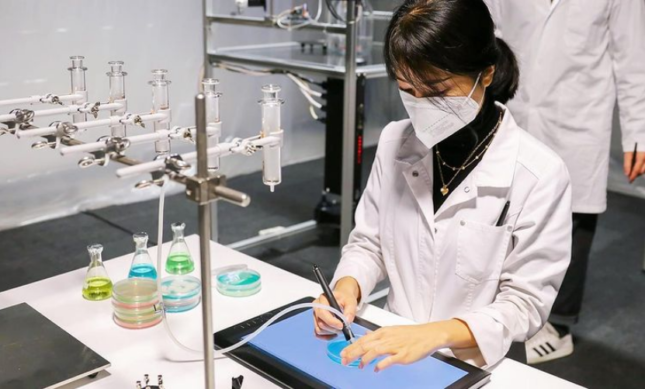

Symbiosis
Ultimately, Shimizu’s goal is to “envision the future of humanity”, where society shifts from “human-centered” to a more “planet-centered” future. She is hoping to create ways for humans to learn from the “beautiful, sophisticated functions that are far beyond our current understanding” in nature and at the same time learn how to be more in harmony with nature. Shimizu thinks that while it’s great and important to deepen specialized expertise, we also need interdisciplinary collaboration and diverse teams to create new breakthroughs. In her experience as a creative director, brainstorming sessions that include people of different genders, nationalities, and departments resulted in more exciting and new ideas.
For the future, she is hoping to continue her work on building a “creative symbiosis”. That is, to find creative ways in which not only humans but also AI and machines could learn from and collaborate with nature and other organisms. At the same time, she would like to expand her current work with organisms, nature, Earth, and space to a larger scale. She will keep exploring new ideas, new expressions and push towards a creative, interdisciplinary, and sustainable future.
You can find an overview of Shimizu’s projects on her website https://yokoshimizu.com/ or visit her Instagram @yokoshimizuart for more current updates.



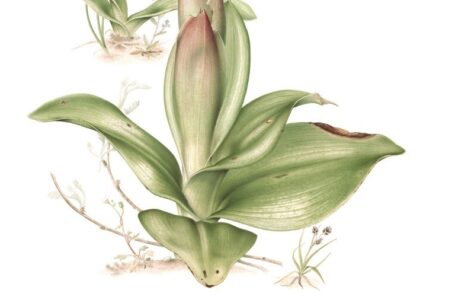
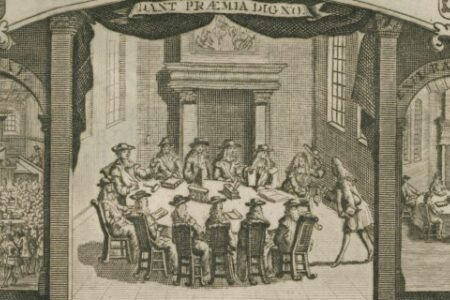
0 Comments
Add a comment